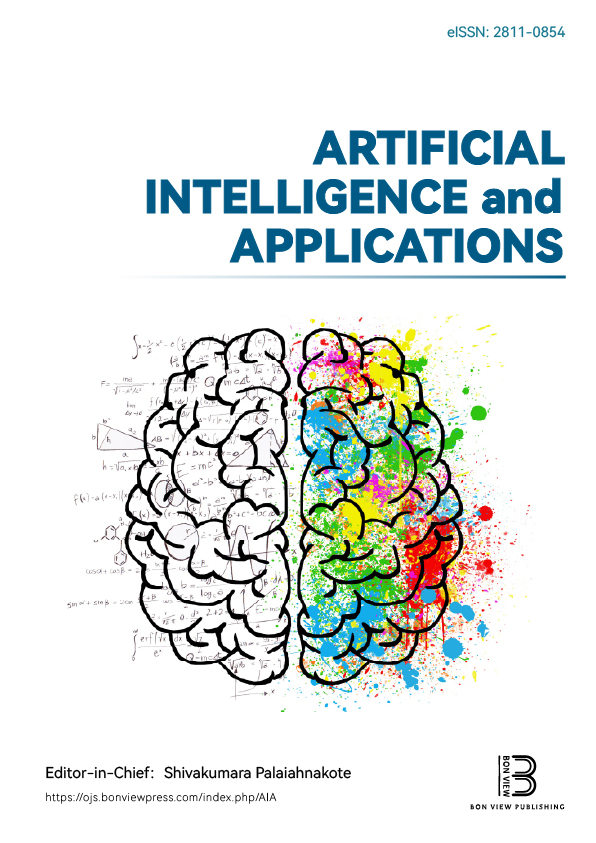Deep Learning Techniques in DICOM Files Classification: A Systematic Review
DOI:
https://doi.org/10.47852/bonviewAIA52024425Keywords:
DICOM image processing, deep learning in radiology, convolutional neural network, medical imaging frameworks, medical metadata preservation, scalable image analysis modelsAbstract
The digital imaging and communications in medicine (DICOM) format is a widely adopted standard for storing medical imaging data, integrating both image and metadata critical for clinical diagnostics. However, its complexity poses challenges for deep learning applications, particularly in extracting and processing this dual-layered data. This review analyzes 23 peer-reviewed studies published between 2014 and 2024, sourced from PubMed, Google Scholar, PLOS, Science Direct, and IEEE databases. Guided by Arksey and O’Malley’s scoping methodology, the review reveals that existing deep learning techniques typically rely on converting DICOM images into simpler formats like JPEG, TIF, or PNG for classification, a process that often results in metadata loss and reduced classification accuracy. Frameworks such as MONAI, NVIDIA Clare, SimpleITK, and OpenCV facilitate direct DICOM processing but face limitations, including overfitting, challenges with data heterogeneity, and inefficiencies in handling large datasets. This review emphasizes the urgent need for developing a robust convolutional neural network architecture capable of directly processing DICOM data to preserve metadata integrity and enhance predictive performance, paving way for more reliable and scalable medical imaging solutions.
Received: 24 September 2024 | Revised: 20 November 2024 | Accepted: 11 December 2024
Conflicts of Interest
The authors declare that they have no conflicts of interest to this work.
Data Availability Statement
Data sharing is not applicable to this article as no new data were created or analyzed in this study.
Author Contribution Statement
Vicent Mabirizi: Conceptualization, Methodology, Validation, Formal analysis, Investigation, Resources, Data curation, Writing – original draft, Writing – review & editing, Visualization. Simon Kawuma: Conceptualization, Validation, Writing – review & editing, Supervision. Deborah Natumanya: Project administration. William Wasswa: Validation, Resources, Writing – review & editing, Supervision.
Metrics
Downloads
Published
Issue
Section
License
Copyright (c) 2025 Authors

This work is licensed under a Creative Commons Attribution 4.0 International License.






